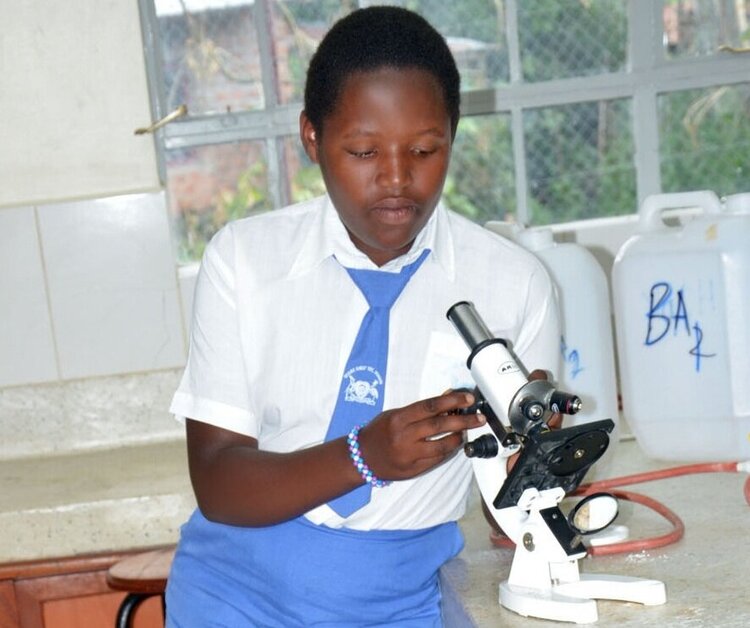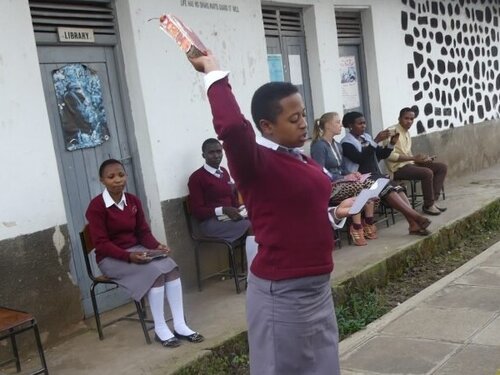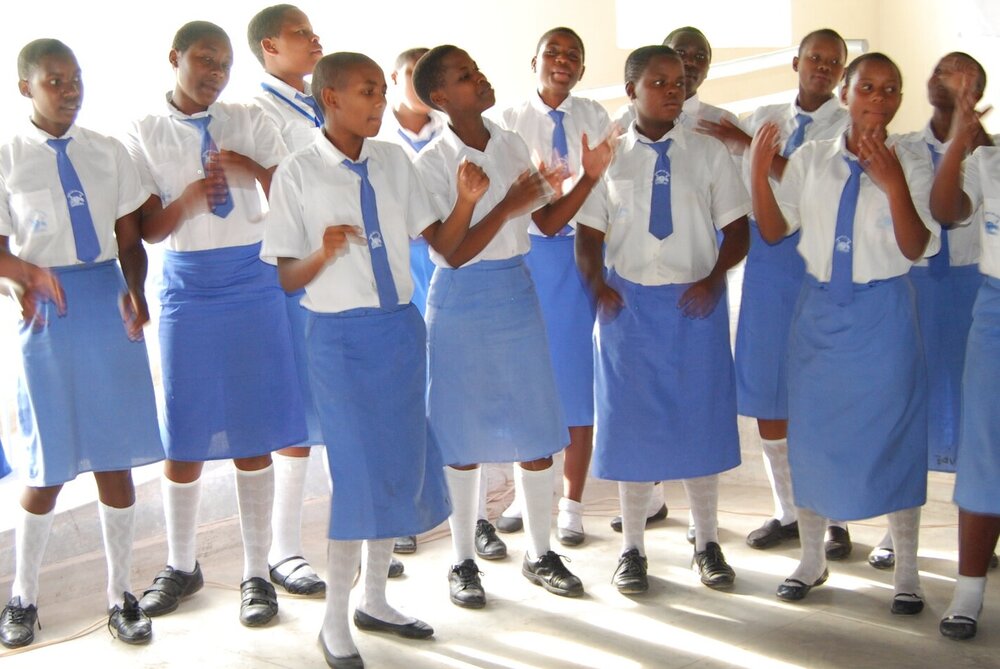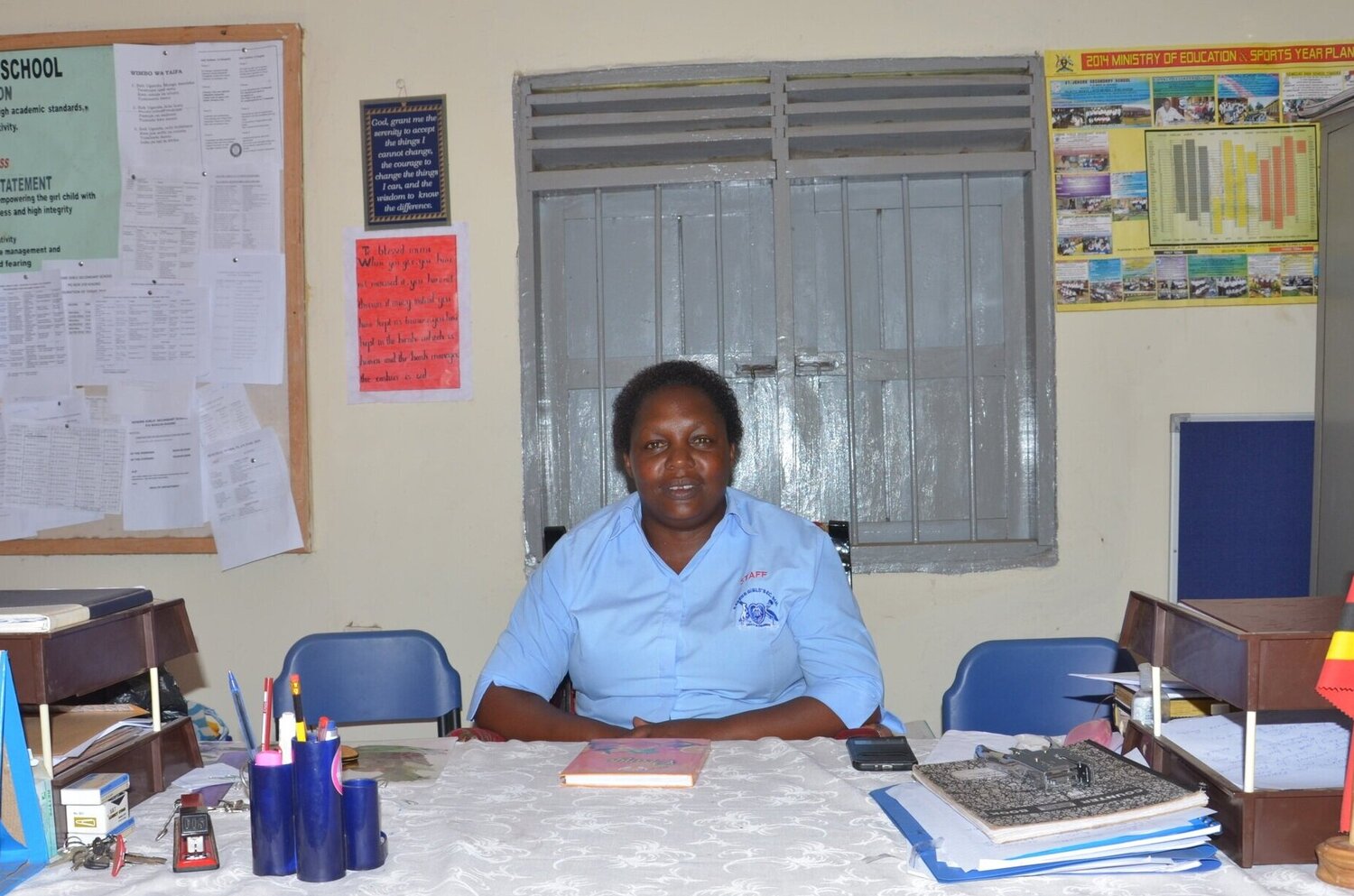EDUCATING THE WHOLE girl
Seseme in Context
Seseme Girls’ Secondary School is located in Kisoro, Uganda.
In Uganda, 50% of girls between 15-24 years old are illiterate.
80% of girls in Uganda do not attend secondary school.
Seseme has the best school test scores in the Kisoro District.
The Kisoro Countryside: Photo from www.einstein.yu.edu
““Our Vision: To Promote Affordable Quality Education, High Academic Standards, Moral Growth, and Creativity.””
The Problem
In 2017, two of Seseme’s three latrines collapsed, resulting in a severe lack of facilities for Seseme’s 437 girls and faculty. The current sanitation facilities in the school are unsafe, unsanitary, and undignified. With the school looking to admit up to 600 girls this year, Seseme needs better sanitation facilities now more than ever.
“We love Seseme Girls’ Secondary School. The teachers and administration go out of their way to make every girl feel special.”
The Solution
Circle of Women proposes to help build flushing toilets in Seseme, constructed to last over hundreds of uses per day. Circle will build four blocks of toilets, with 18 new toilets in the school total. Through the construction of new sanitation facilities, Circle will help Seseme continue to support the education and growth of the girls in Kisoro.
“The Seseme project will build more dignified and sustainable facilities. These are the two major changes: not just building replacement bathrooms, but increasing the total number of bathrooms in the school.”
Why Invest in Sanitation?
A lack of sanitation directly results in a lack of privacy, safety, and dignity for young female students, barring them from a quality education. This is especially true for girls who’ve started menstruation, as a lack of proper bathrooms further discourages them from attending school. A UNICEF study in Zambia (2017) also demonstrates a concrete correlation between good sanitation and education: schools with formal sanitation facilities had higher enrollment rates, lower repetition rates, and lower dropout rates.
“...women and young children are the main beneficiaries of sanitation programs, as toilets bring privacy, convenience, [reduced] walking distance, as well as health benefits...””
All pictures credited to https://sesemegirlsss.com









